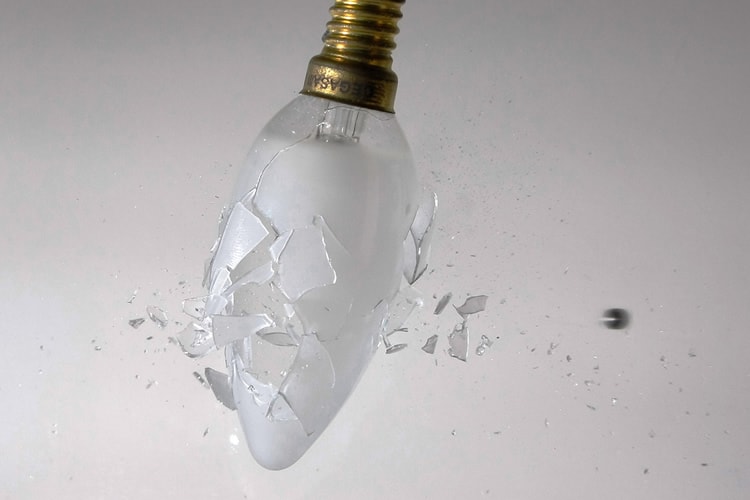Capturing Motion – A Guide to High-Speed Photography
Perhaps you’ve tried quite a few times to take a picture of a fast-moving car or motorcycle, and you’ve ended up with just a blurry image. But, behold, here we tell you how to capture an incredible high-speed image outside a studio.
Just be a bit patient as high-speed photography is an art that needs to be mastered and the learning process can sometimes be a bit frustrating.
In the pre-digital age, it could be quite expensive. A lot of film had to be wasted before an amateur photographer could get a good shot. Nowadays, we have the opportunity to experiment with both analog and digital formats.

photo by < Warloofer >
Let’s Begin
So here’s the deal. To obtain the best high-speed images, you’ll need a good camera – your mobile phone won’t be of much use this time around. Choose one that has a friendly manual option as you will need to manipulate the speed and amount of light that enters through the lens.
Become familiar with the camera’s aperture, the circular opening that controls how much light enters the camera, and the shutter speed, which closes and opens to make sure the film gets just the right amount of light. The shutter speed is equivalent to the exposure time and in the case of high-speed photography – fractions of a second.
According to photographer Tom Ang, if you want to capture a car at an average speed moving towards a camera, you should use 1/1000.
If the car is moving at a right angle towards the camera, make it 1/4000. Use these standards as a guide to capture movement, as every camera is different and it will take some practicing before you can do it intuitively.
Film & Digital
If you are using a digital camera, take advantage of the automatic mode that balances the shutter and aperture settings. Choose the best shutter speed for your shoot and then let your equipment do the rest. But if you need to balance both, remember; the larger the number, the smaller the aperture.
If you are using film, play it safe and opt for 800 ISO, which is quite sensitive to light and will help you get the best possible shot. If you’re using a digital camera, select 800 ISO, and if after reviewing your first pictures, they seem too bright, opt for 400 ISO.
Photography can compliment any hobby you might already have. Take your equipment out with you when you take part in your favorite activities. You can practice at a horse racing track or, better still, at a motorcycle or ATV race. Because you’ll only have a few seconds to capture that motorcycle flying past and capture the detail of the ATV tires in all their glory, get a trigger or ask a friend to help you spot the perfect moment. Make sure your camera is in burst mode, so that you have several options of the same take.
And plan ahead, make sure you are in the right spot, frame your picture, design it in your head and go for it.
In-Studio Pro Tips
If you are taking high-speed images in a studio, take advantage of the situation as you’ll be in a controlled environment that allows you to play with light and backgrounds.
- Select a black background, it absorbs light and will make your subject pop.
- Get a good flash, you’ll need to capture that balloon bursting or that arrow flying past.
- Invest in a trigger. That way you can also focus on the action and make sure the framing is perfect.
- Get a tripod. If you are in a stadium, track or arena, there may be strict rules that don’t allow the use of tripods, but if you’re in your studio, make the best out of it and get one to guarantee all your pictures are perfect.
I hope you found those tips useful. Please take a moment to share your own tips & tricks via Twitter or Facebook!
